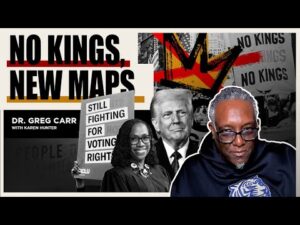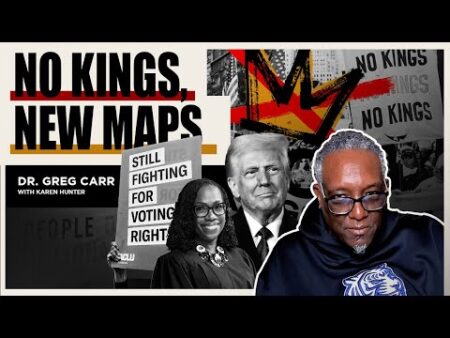On July 21, 1896, in the heart of Washington, D.C., over 100 Black women leaders gathered at Nineteenth Street Baptist Church to form what would become the National Association of Colored Women’s Clubs (NACWC).
This historic meeting united brought together some of the community’s most powerful collectives, including the National Federation of Afro-American Women, the Woman’s Era Club of Boston and the Colored Women’s League of Washington, D.C. The call came from Josephine St. Pierre Ruffin, a journalist and activist. They worked together to shut down racist attacks, including a letter by a Missouri press president calling them “thieves and prostitutes.”
The early leadership included prominent figures such as Mary Church Terrell, Margaret Murray Washington, and Ida B. Wells-Barnett. Even Harriet Tubman was among the founding members.
In its first year alone, the NACWC tackled issues like the Chain Gang system, Jim Crow segregation, child labor and the need for homes for working-class Black families. Over the next decade, the organization fought for women’s suffrage, pushed back against lynching and worked to uplift both youth and elders in Black communities.

By 1924, membership swelled to over 100,000 women nationwide.
Ruffin used her own wealth to fund The Woman’s Era, the first publication by and for Black women. It became a platform to challenge stereotypes and foster a sense of community. Meanwhile, Terrell, a fierce civil rights organizer, helped desegregate restaurants in D.C.
Today, the NACWC headquarters still stands in D.C., part of the Sixteenth Street Historic District.








